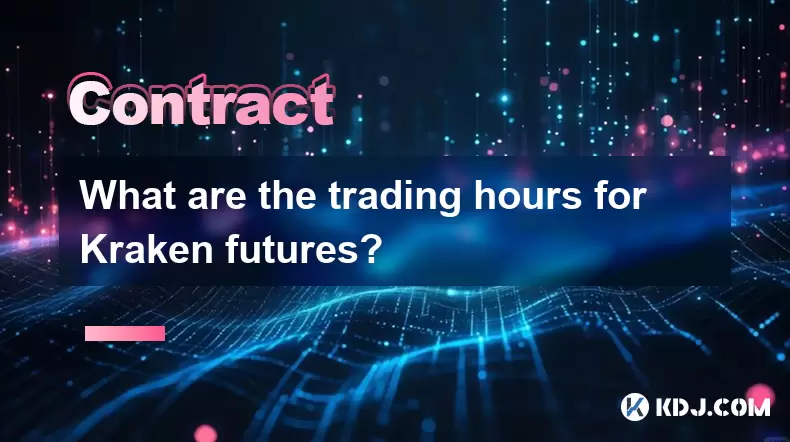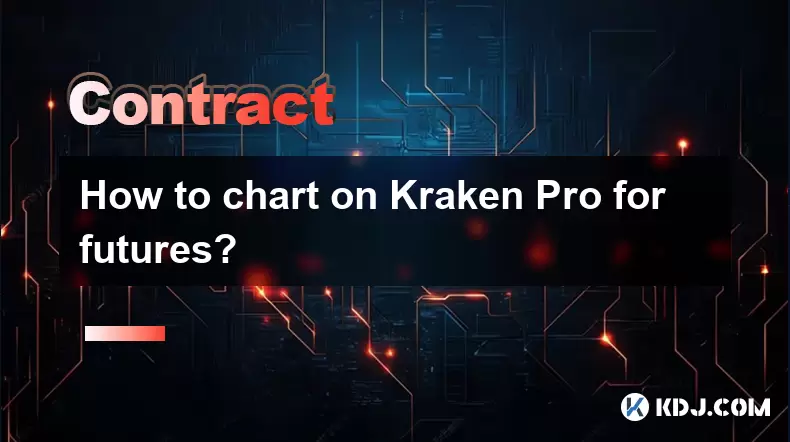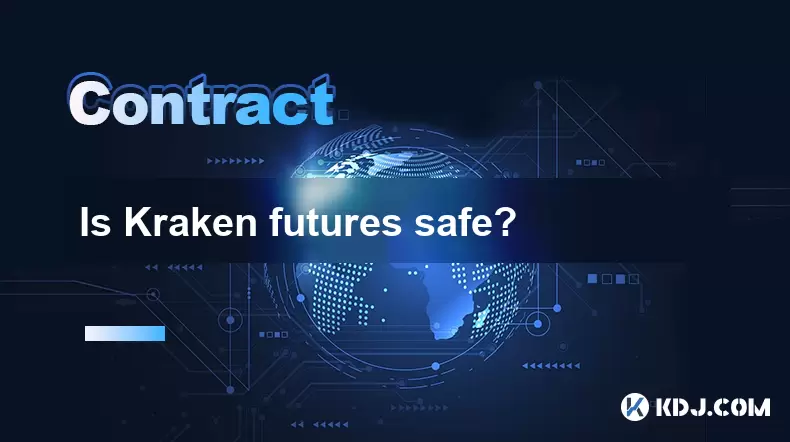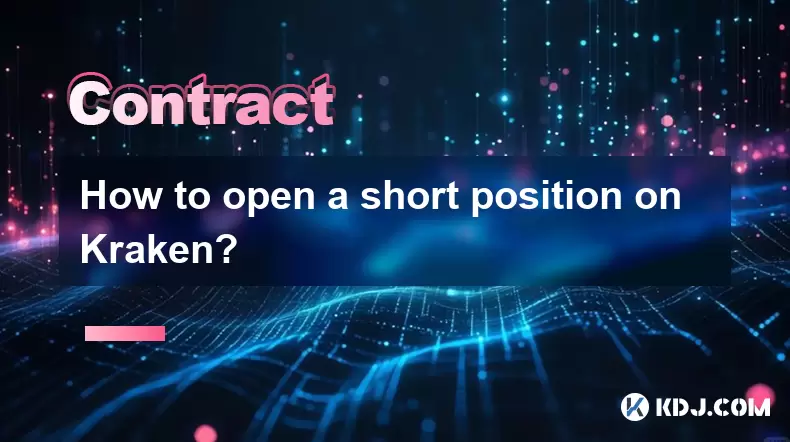-
 Bitcoin
Bitcoin $117400
-0.46% -
 Ethereum
Ethereum $3768
0.60% -
 XRP
XRP $3.551
2.09% -
 Tether USDt
Tether USDt $1.000
0.00% -
 Solana
Solana $203.2
11.30% -
 BNB
BNB $770.9
1.92% -
 USDC
USDC $0.9999
0.01% -
 Dogecoin
Dogecoin $0.2709
-0.02% -
 Cardano
Cardano $0.9024
4.49% -
 TRON
TRON $0.3139
0.60% -
 Hyperliquid
Hyperliquid $45.60
-1.41% -
 Stellar
Stellar $0.4730
-1.34% -
 Sui
Sui $4.025
2.15% -
 Chainlink
Chainlink $19.79
2.19% -
 Hedera
Hedera $0.2724
-2.39% -
 Avalanche
Avalanche $25.93
3.05% -
 Bitcoin Cash
Bitcoin Cash $524.0
-1.83% -
 Shiba Inu
Shiba Inu $0.00001558
0.50% -
 Litecoin
Litecoin $116.7
-0.30% -
 UNUS SED LEO
UNUS SED LEO $8.996
0.00% -
 Toncoin
Toncoin $3.334
1.83% -
 Polkadot
Polkadot $4.506
0.34% -
 Uniswap
Uniswap $10.99
4.83% -
 Ethena USDe
Ethena USDe $1.001
0.03% -
 Pepe
Pepe $0.00001461
3.17% -
 Monero
Monero $320.3
-1.01% -
 Bitget Token
Bitget Token $4.935
0.36% -
 Dai
Dai $0.9998
0.00% -
 Aave
Aave $322.4
-1.25% -
 Bittensor
Bittensor $455.6
9.33%
How to hedge with crypto futures?
Hedging with crypto futures helps protect against price drops by offsetting spot holdings with short futures positions, using platforms like Binance or Bybit with proper risk management.
Jul 11, 2025 at 04:49 am

Understanding the Basics of Crypto Futures Hedging
Hedging with crypto futures is a risk management strategy used by traders and investors to protect their positions in the volatile cryptocurrency market. Crypto futures are contracts that allow participants to buy or sell a specific cryptocurrency at a predetermined price on a future date. The primary purpose of hedging is to mitigate potential losses from adverse price movements in the underlying asset.
For example, if an investor holds a large amount of Bitcoin (BTC) and anticipates a short-term price drop due to macroeconomic factors or regulatory news, they can use futures contracts to offset any potential losses. By taking a short position in BTC futures, the investor can balance out the decline in the value of their spot holdings.
Setting Up a Trading Account for Futures Trading
Before engaging in crypto futures trading, it’s essential to set up a reliable trading account on a platform that offers futures contracts. Several major exchanges provide this service, including Binance, Bybit, and OKX. To begin, users must complete identity verification (KYC) and deposit funds into their account.
Once the account is active, navigate to the futures trading section of the platform. Most exchanges offer both perpetual contracts, which have no expiration date, and quarterly futures, which settle on a specific date. Perpetual contracts are more commonly used for hedging because they allow traders to maintain positions indefinitely as long as funding fees are paid.
Calculating Position Size and Leverage
Proper position sizing is crucial when hedging with crypto futures. Traders should calculate how much exposure they need to offset their spot holdings effectively. For instance, if someone owns 10 BTC and wants to fully hedge against a price drop, they would need to short 10 BTC worth of futures contracts.
Leverage plays a significant role in futures trading and can amplify both gains and losses. Exchanges typically offer leverage ranging from 1x to 125x. However, using high leverage increases liquidation risks. It’s generally advisable to use low to moderate leverage, such as 5x to 10x, especially when hedging, to avoid unnecessary volatility in the hedge itself.
Monitoring Funding Rates in Perpetual Contracts
When using perpetual futures for hedging, it’s important to understand funding rates—periodic payments made between long and short traders based on the difference between the perpetual contract price and the spot price. These rates are usually settled every 8 hours.
If the funding rate is positive, longs pay shorts; if negative, shorts pay longs. Over time, these payments can accumulate and affect overall profitability. Therefore, it’s vital to monitor funding rate trends and consider them when planning the duration of a hedge. Some traders prefer quarterly futures to avoid ongoing funding costs altogether.
Executing the Hedge: Shorting Futures Against Spot Holdings
To execute a basic hedge, a trader holding BTC in their wallet or on an exchange can open a short position in BTC futures. This means selling futures contracts equivalent to the value of their holdings. If the price of BTC drops, the loss in the spot portfolio is offset by gains in the futures position.
Traders should ensure that their futures position mirrors the size of their spot exposure. For example, if the spot portfolio contains $50,000 worth of ETH, the futures short should also cover approximately $50,000 of ETH futures. Adjustments may be needed over time as prices fluctuate and the hedge ratio changes.
Managing Risk and Liquidation Thresholds
Risk management is critical when hedging with leveraged futures. One key aspect is setting stop-loss orders or liquidation thresholds to prevent excessive losses. Most platforms allow users to set auto-deleveraging levels and margin adjustments to control exposure.
It’s also important to maintain sufficient collateral in the futures wallet to avoid margin calls. Traders should regularly check their position health, especially during periods of high volatility. Using isolated margin instead of cross-margin can help contain losses to only the allocated funds for the futures trade, protecting other assets in the account.
Frequently Asked Questions
What is the difference between hedging with perpetual futures and quarterly futures?
Perpetual futures do not have an expiration date but require periodic funding payments. Quarterly futures expire on a fixed date and don’t involve ongoing funding fees. Perpetuals are better for continuous hedging, while quarterly contracts are suitable for time-bound strategies.
Can I hedge altcoins using Bitcoin futures?
While it's technically possible, it's not ideal due to differences in price correlation. Altcoins often move independently of Bitcoin. For effective hedging, it's best to use futures contracts for the same asset being held.
Is hedging with crypto futures suitable for beginners?
Hedging requires a solid understanding of futures markets, leverage, and risk management. Beginners should first gain experience with non-leveraged trading before attempting to hedge with futures.
How often should I adjust my hedge?
Adjustments depend on market conditions and changes in your spot portfolio. Regular monitoring—daily or weekly—is recommended to maintain an effective hedge ratio.
Disclaimer:info@kdj.com
The information provided is not trading advice. kdj.com does not assume any responsibility for any investments made based on the information provided in this article. Cryptocurrencies are highly volatile and it is highly recommended that you invest with caution after thorough research!
If you believe that the content used on this website infringes your copyright, please contact us immediately (info@kdj.com) and we will delete it promptly.
- XRP, Bitcoin, Ripplecoin: Navigating the Crypto Landscape in 2025
- 2025-07-22 20:30:13
- Cardano Ecosystem Watch: Can PayFi Token Remittix Trigger an ADA Overtake?
- 2025-07-22 20:50:13
- JasmyCoin Price Forecast: Chart Analysis Points to Potential Surge
- 2025-07-22 20:55:13
- Trump, Bitcoin, and Altcoins: A New York Minute on Crypto's Political Play
- 2025-07-22 21:00:13
- Shiba Inu, XRP, and Little Pepe: Navigating the Meme Coin Mania in NYC
- 2025-07-22 21:30:13
- Bitcoin's Role in IntelBroker's Takedown: A New Era of Crypto Crime Enforcement
- 2025-07-22 21:10:15
Related knowledge

KuCoin Futures restricted countries
Jul 22,2025 at 09:00pm
Understanding KuCoin Futures and Geographic RestrictionsKuCoin Futures is a popular platform for trading perpetual and delivery futures contracts on c...

How to set a stop loss on KuCoin Futures?
Jul 22,2025 at 08:01pm
Understanding Stop Loss in KuCoin FuturesA stop loss is a risk management tool that automatically closes a position when the market moves against you ...

What are the trading hours for Kraken futures?
Jul 22,2025 at 08:49pm
Understanding Kraken Futures Trading HoursKraken Futures, a product of the well-established cryptocurrency exchange Kraken, offers users the ability t...

How to chart on Kraken Pro for futures?
Jul 22,2025 at 07:42pm
Understanding Kraken Pro Futures InterfaceBefore diving into charting, it’s essential to recognize how Kraken Pro structures its futures trading envir...

Is Kraken futures safe?
Jul 22,2025 at 08:07pm
Understanding Kraken Futures and Its Regulatory FrameworkKraken Futures, operated by the well-known cryptocurrency exchange Kraken, is a platform desi...

How to open a short position on Kraken?
Jul 22,2025 at 05:00pm
Understanding Short Positions in CryptocurrencyA short position allows traders to profit from a decline in the price of an asset. On Kraken, this is p...

KuCoin Futures restricted countries
Jul 22,2025 at 09:00pm
Understanding KuCoin Futures and Geographic RestrictionsKuCoin Futures is a popular platform for trading perpetual and delivery futures contracts on c...

How to set a stop loss on KuCoin Futures?
Jul 22,2025 at 08:01pm
Understanding Stop Loss in KuCoin FuturesA stop loss is a risk management tool that automatically closes a position when the market moves against you ...

What are the trading hours for Kraken futures?
Jul 22,2025 at 08:49pm
Understanding Kraken Futures Trading HoursKraken Futures, a product of the well-established cryptocurrency exchange Kraken, offers users the ability t...

How to chart on Kraken Pro for futures?
Jul 22,2025 at 07:42pm
Understanding Kraken Pro Futures InterfaceBefore diving into charting, it’s essential to recognize how Kraken Pro structures its futures trading envir...

Is Kraken futures safe?
Jul 22,2025 at 08:07pm
Understanding Kraken Futures and Its Regulatory FrameworkKraken Futures, operated by the well-known cryptocurrency exchange Kraken, is a platform desi...

How to open a short position on Kraken?
Jul 22,2025 at 05:00pm
Understanding Short Positions in CryptocurrencyA short position allows traders to profit from a decline in the price of an asset. On Kraken, this is p...
See all articles

























































































